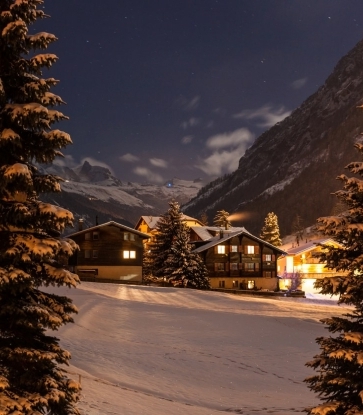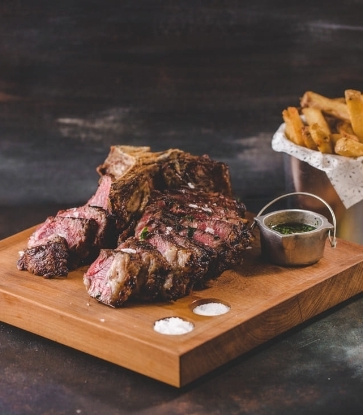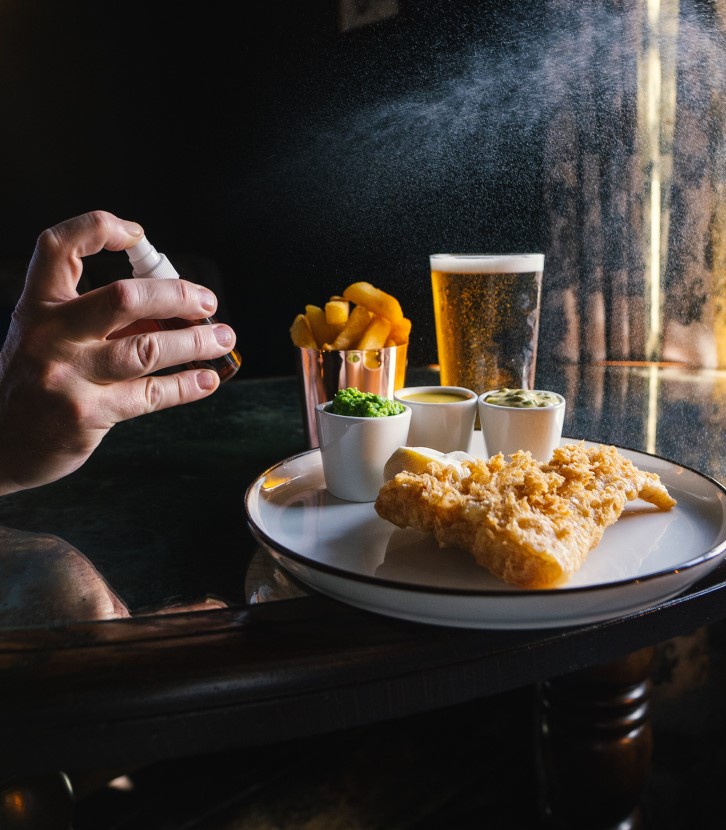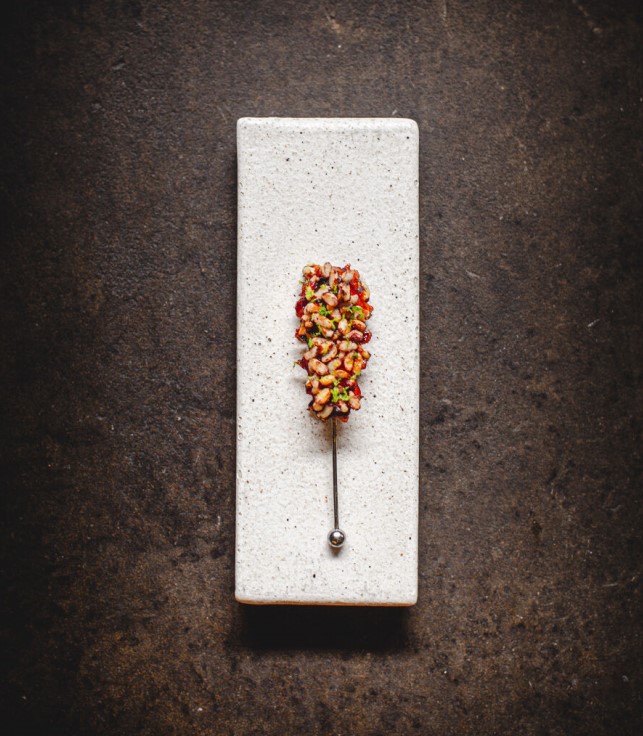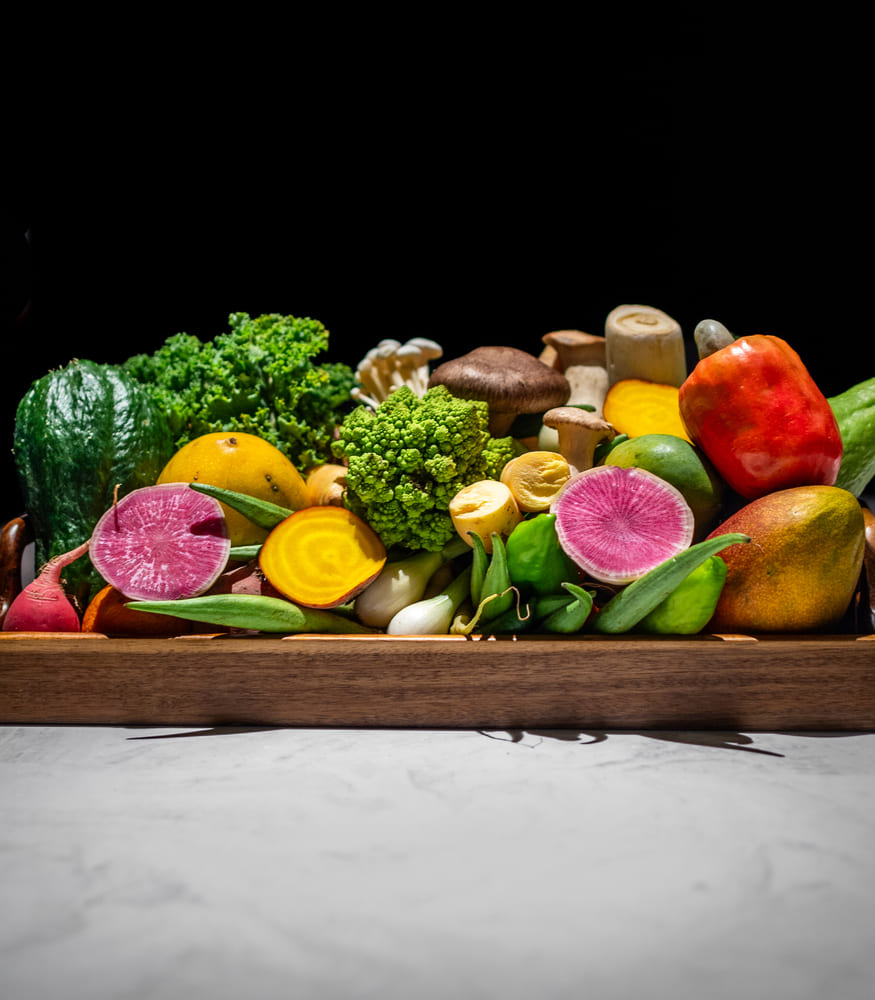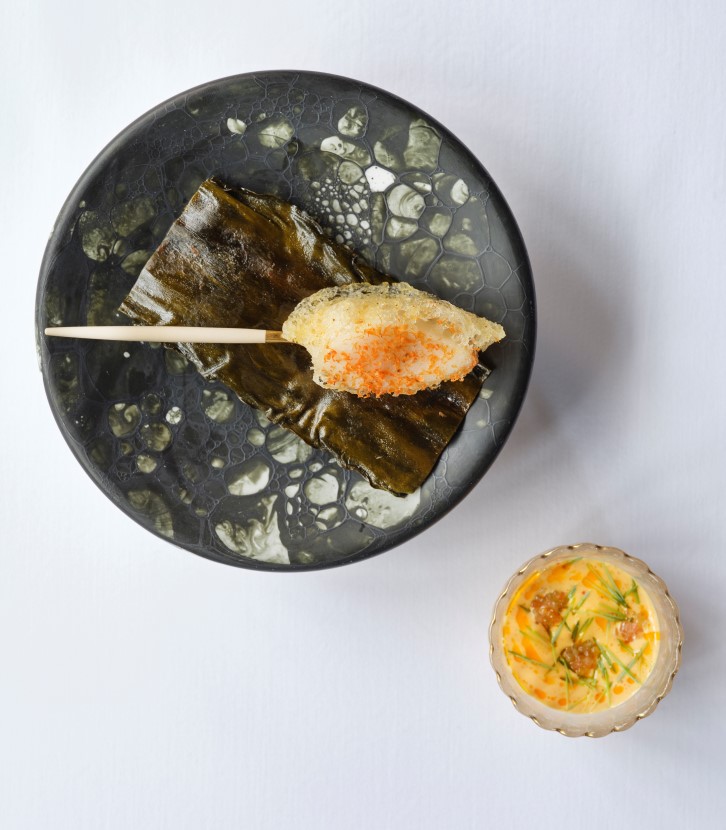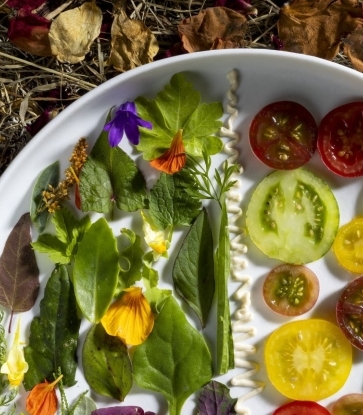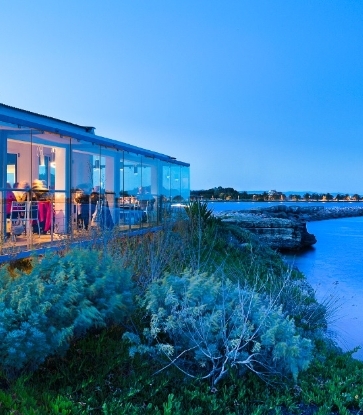“Would you like to start your dinner with a glass of sparkling wine?” For me, the answer is usually yes. I am sitting in the restaurant Wandal, one of the latest additions to Warsaw’s gastronomic scene, whose menu offers a fresh take on classic Polish flavors and dishes. The sommelier brings a bottle with an utterly Polish-sounding name: Blask, which means “shine.” It turns out to be a traditional-method sparkling brut, aged sur lie, made with chardonnay and pinot noir — and produced in Poland, with Polish grapes.
Just a few years ago that might have come as a surprise. But now, featuring Polish bottles on the wine list seems to be the new normal among Polish restaurants — and yet another way of showcasing the diversity and abundance of local ingredients.
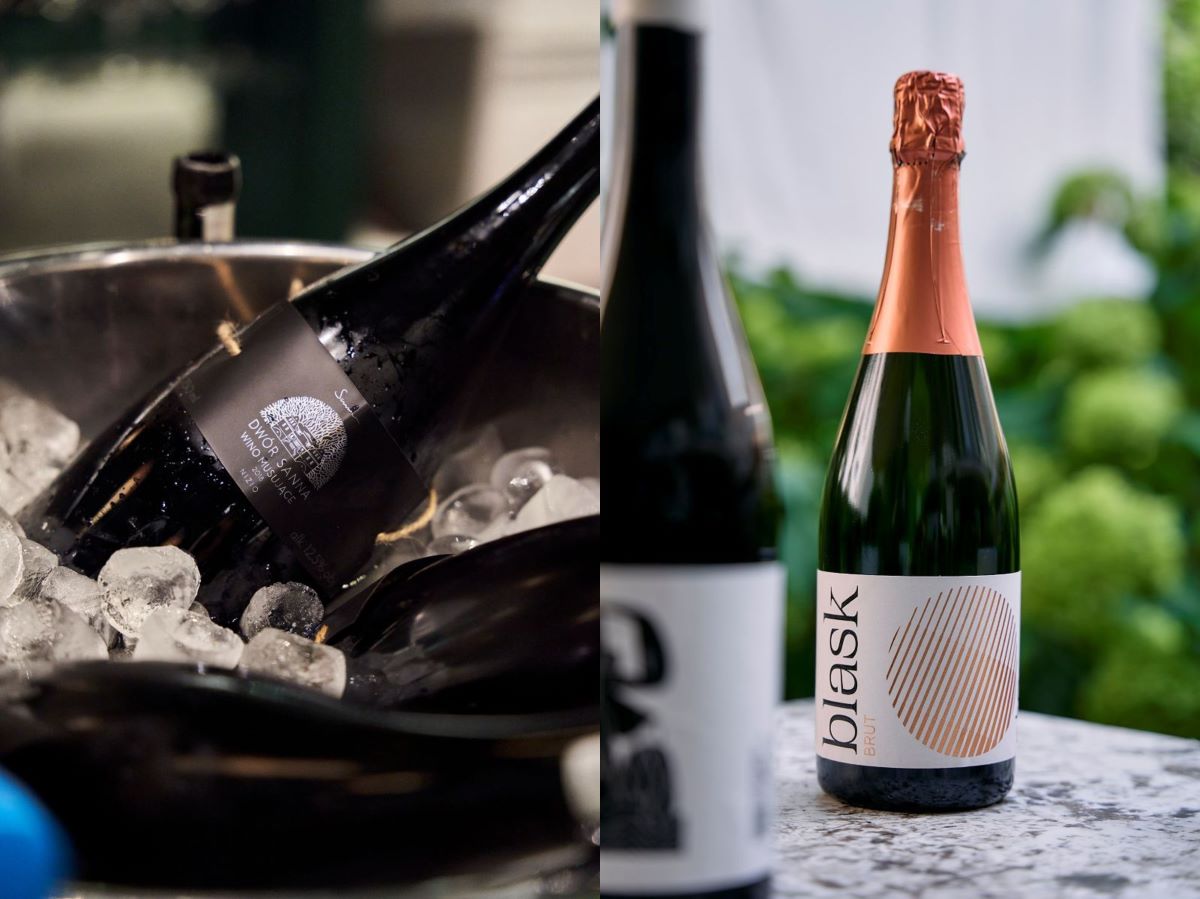
A Medieval Craft Reborn
Poland may be known for many things, but not usually for being a winemaking country. Yet according to historical records, wine was made in its current territories going back to medieval times, with most of the wineries located in the southeast and southwest of modern-day Poland. In the 16th and 17th centuries, winemaking declined due to the cooling of the climate, which made it a struggle for vines to grow and fruit. But the end of the 20th century saw the resurrection of an old craft, thanks to bold, adventurous enthusiasts and out-of-the-box thinking.In just 30 years, the Polish wine scene grew from a handful of projects to more than 700 licensed wineries. While that number is truly impressive, most of them are still boutique ventures with just a couple of acres, and the whole country has less than 3,000 acres of vineyards total. Nonetheless, more and more new wineries are being conceived as solid businesses rather than hobbies, aiming to establish vineyards larger than 25 acres.
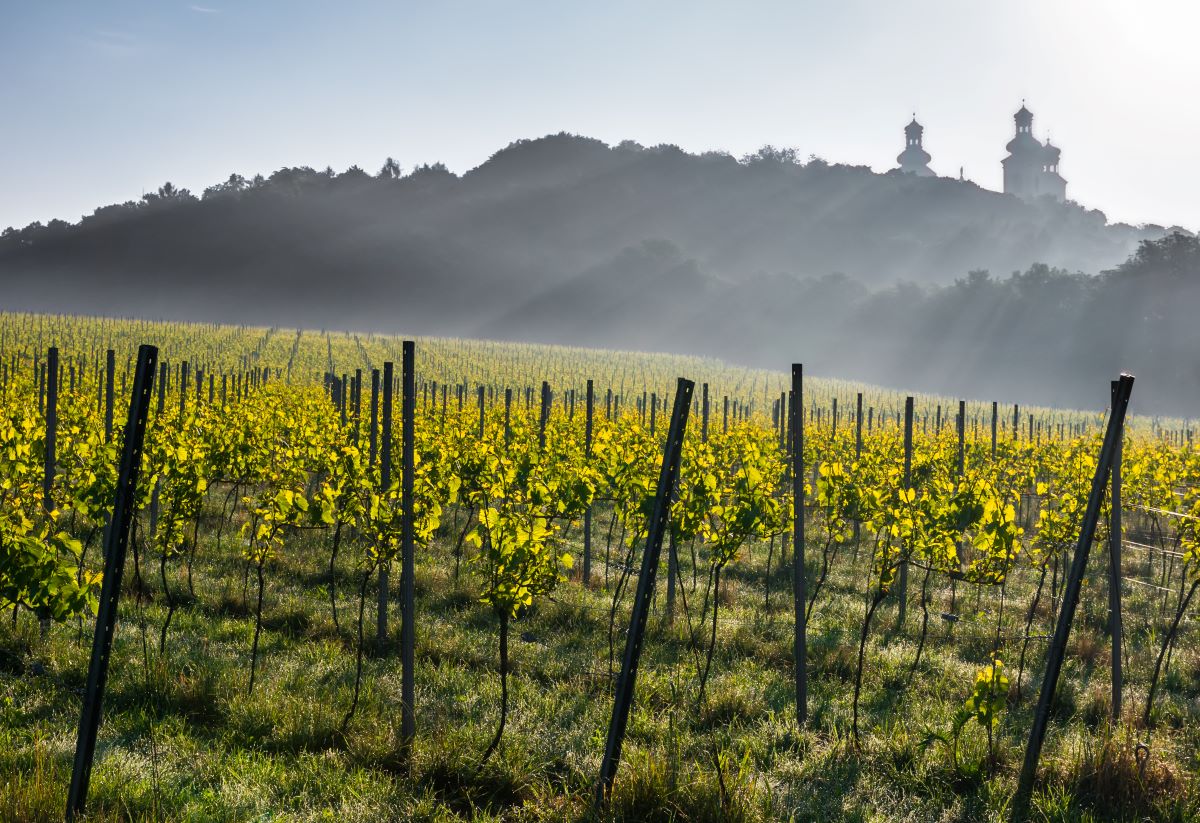
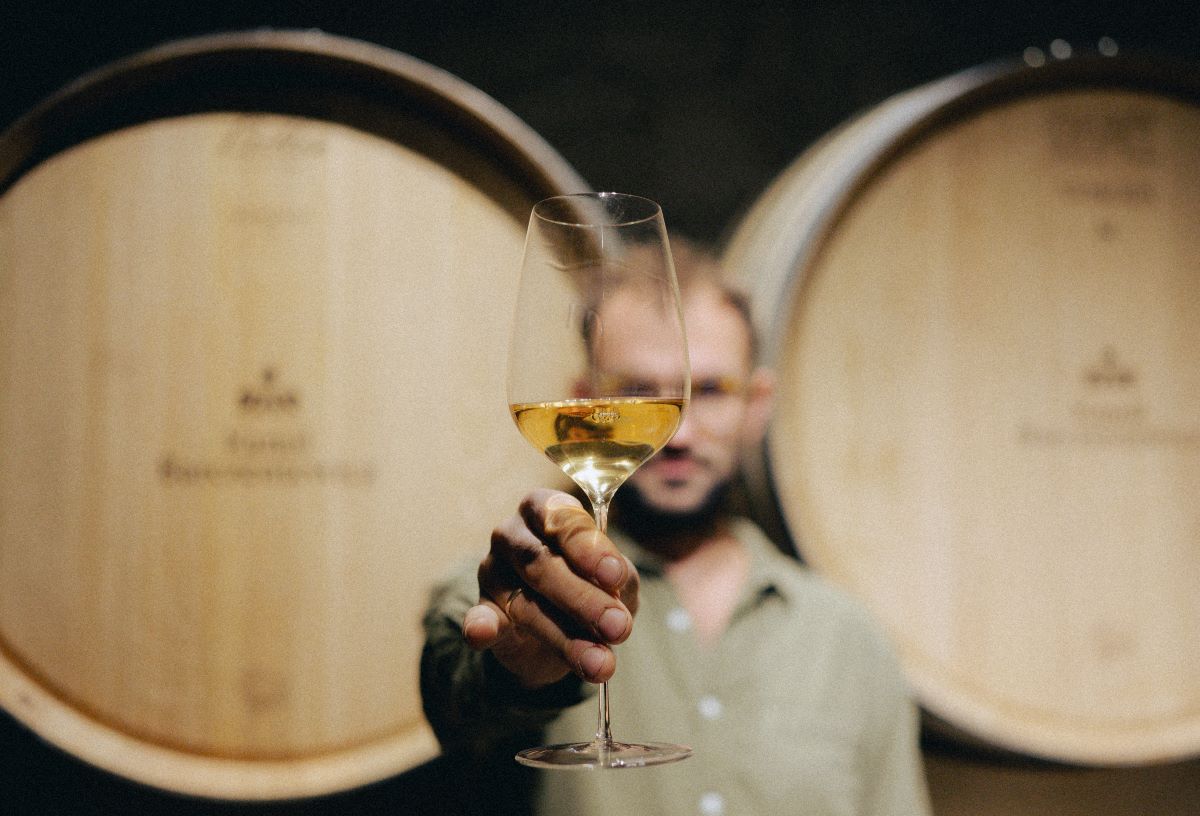
From Hybrid Grapes to Riesling
“The beginnings of new Polish winemaking were dominated by grapes categorized as hybrids — less known, with aromas different from the better-known Vitis vinifera grapes, but considered a great option for cooler climates. We are talking about grapes like johanniter, solaris and seyval blanc when it came to white varieties, and reds like rondo or regent,” says Maciej Nowicki, wine journalist, editor of Ferment magazine and a great aficionado of Polish winemaking. “Now, with the maturing of the market, you will see winemakers planting more and more ‘classic’ vines that have proven successful in Polish terroirs. The most popular Vitis vinifera in Poland are riesling and pinot noir, both giving really nice wines.”
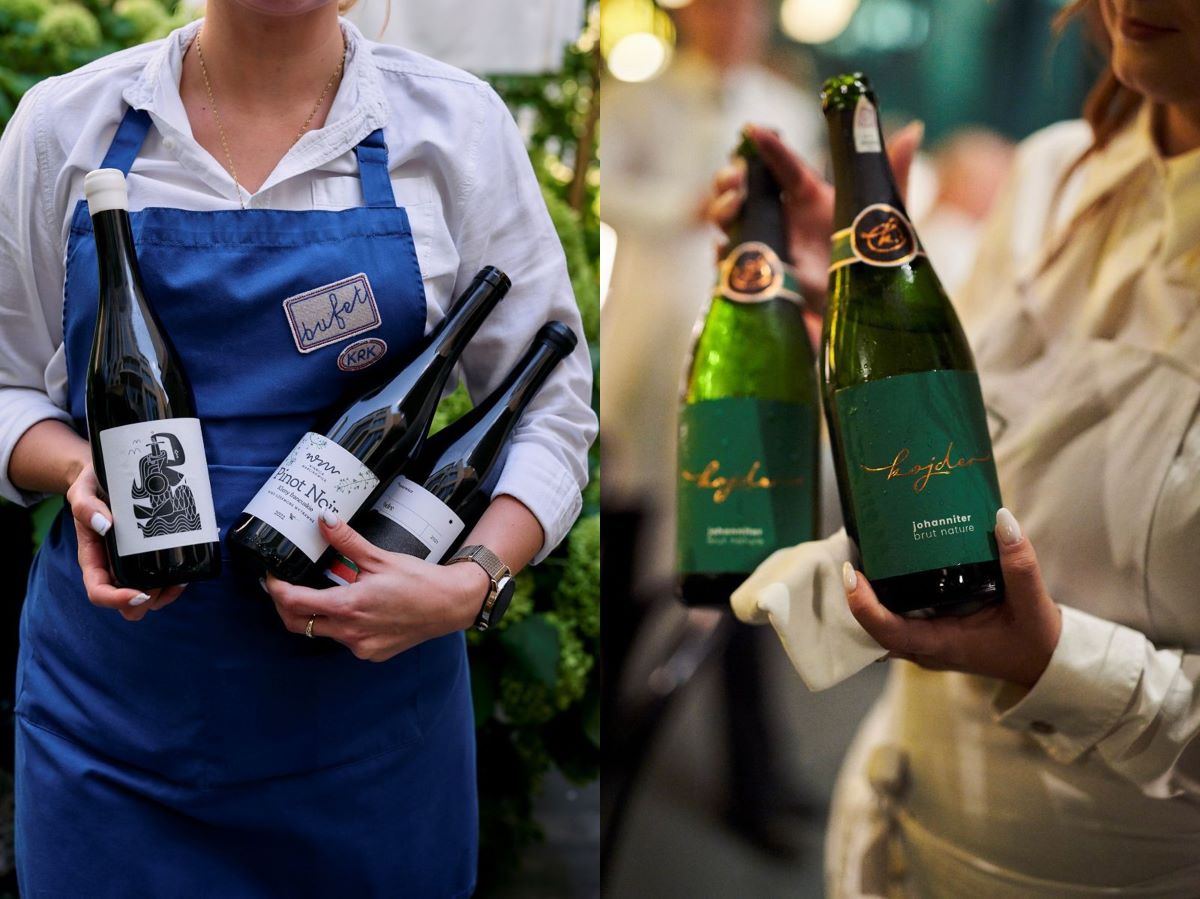
The Rise of Polish Wines
Piotr Pietras, certified Master Sommelier, wine importer and restaurateur, agrees. “While I was still working in London, roughly between 2013 and 2019, I was receiving both samples from producers and single bottles of Polish wines from friends and colleagues in Poland. And yes, there were some interesting wines here and there, but in terms of quality they were far behind their European counterparts. A significant part of those wines was based on so-called hybrid grapes, rather than the noble grape varieties.”Pietras, who is co-owner of Warsaw’s Bib Gourmand-awarded bistro kontakt and the newly opened Wandal, recalls: “At the time I was quite skeptical about all this. I feel like the real turning point coincided with my return [to Poland] around six or seven years ago. To me it’s when the big change in Polish wine happened and the quality increased impressively.”
When Pietras opened his first restaurant, kontakt, he was mindful of wine lovers — and he always included Polish labels among the wines served by the bottle or glass. In his new place, Wandal, co-founded with Chef Adrian Bęben, Polish wines are a vital part of the wine list. For an aperitif, guests can choose Champagne or crémant but also Polish traditional-method sparkling wines, and they can complete their meal with an off-dry riesling from Winnica Marcinowice in the west of Poland or a pinot blanc from Winnica Kamil Barczentewicz in the southeast region of the country.
“To put Polish wines on the wine list felt like a responsibility,” Pietras explains. “If we decided to focus on Polish ingredients, then we also felt obliged to showcase good Polish wine. But the main condition for featuring Polish wine — especially since I put my name to the wine list and, on a practical level, I’m the one pouring it — was that I didn’t want that wine to lack the quality compared to the other sparkling wines we serve.”
It’s an easier task today than it would have been even a decade ago. “We have Champagne, a crémant from Alsace, sparkling wines from Austria and Germany, so we wanted the Polish wine to be just as representative. And I think today it really is possible. Finding a Polish wine of good quality today is no longer rare,” Pietras says. “Even if talking just about sparkling wines, you can build a small sparkling wine list made entirely of Polish bottles: non-vintage, vintage, rosé, blanc de blancs, blanc de noirs. And that’s exactly what we have — a list of eight or nine sparkling wines by the bottle to show that there is real diversity now, stylistic differences and that you can surprise a guest with something new.”
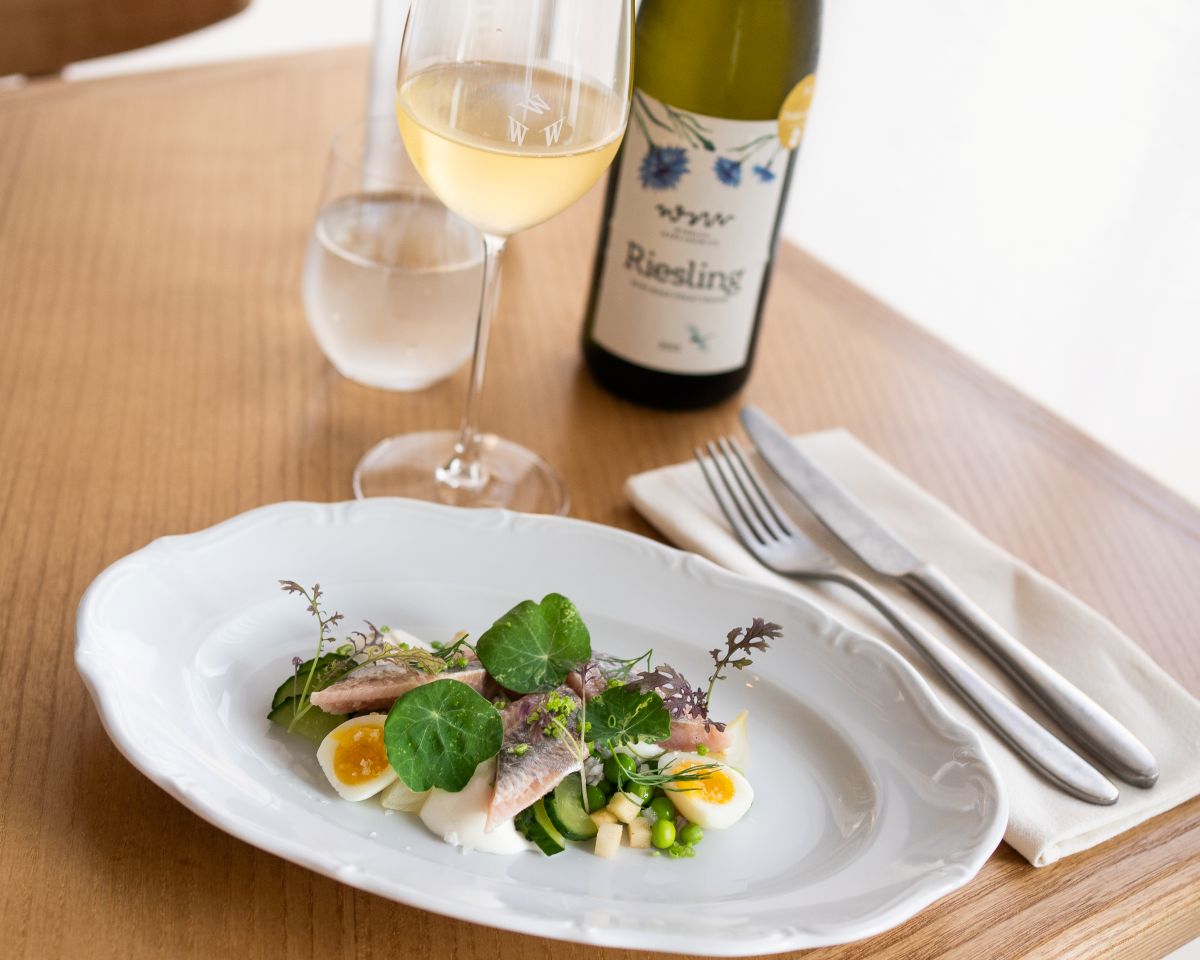
Perfect Partners for Local Cuisine
According to Pietras, Polish wines are particularly great to pair with food. “Of course it is hard to generalize, but most Polish wines lean towards lightness, balance and freshness. Very few of them would risk overwhelming the dish with their aromas. But again, Poland boasts great sweet wines, rather powerful in their structure and flavors. I am particularly a fan of our ice wines and noble rot wines.”
Nowicki shares this view. “It is often considered that food from a particular region is best to be paired with wines coming from the same area. After all, both the ingredients of the meal and the grapes are a result of the same terroir,” he explains. “And so do I believe when it comes to Polish cuisine and Polish wine, if you find a good bottle, you will have a great match.”
When asked about some examples of his favorite pairings, Nowicki says, “For dishes with cabbage, I would choose dry, structured riesling. For autumnal dishes with wild mushrooms — one of the most typical ingredients of Polish autumnal cuisine — pinot noir. And I would wrap up everything with a slice of a traditional Polish cheesecake with sweet solaris, for example a szlachetny zbiór (noble harvest) solaris wine from Winnica Turnau.”
With Poland’s winemaking industry developing, the diversity of the country’s wine portfolio is expanding, giving more and more opportunities to sommeliers.
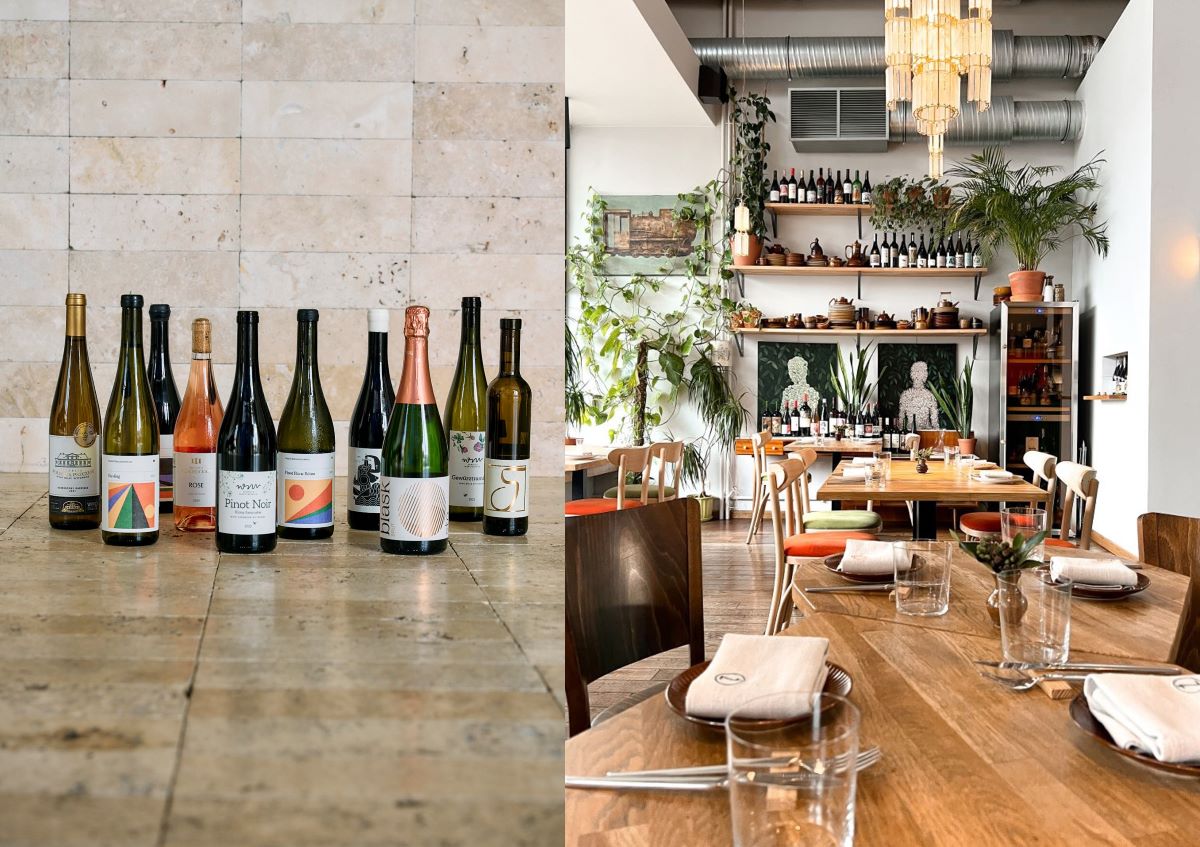
From Warsaw to Sopot: Where to Taste Poland's Wine
In Warsaw, oenophiles should head to Źródło, a bistro and wine bar that specializes in Polish wines — fans of natural and skin-macerated wines will be particularly happy here. Another must-visit is Bib Gourmand Le Braci, where contemporary Italian food is matched not just with grand Italian wines but also with low-intervention wines from Poland. Chef-owned Bez Gwiazdek reinterprets traditional regional dishes and pairs them with Polish wines from small producers. Also, at hub.praga — a new addition to Poland’s MICHELIN-Starred dining scene, which focuses on hyper-local ingredients — and at Nuta, a One-MICHELIN Star restaurant run and co-owned by Chef Andrea Camastra, Polish wines play an important role. Finally, for an award-winning pour, try Dyletanci, where sommeliers Jan Winiarski and Aleksandra Harabasz were jointly awarded the MICHELIN Guide Sommelier of the Year Award 2025. Alongside amazing Burgundies and Champagnes they’ll introduce you to knockout Polish wines from the Lesser Poland Gorge of the Vistula river.In Poznań, those curious about emerging wine regions should visit SPOT., one of the pioneers of putting Polish wines on the menu. Today, this Bib Gourmand-awarded restaurant is also known for organizing the annual Polskie Korki, the Festival of Polish Wines. For a taste of how Polish wines work alongside classic Polish dishes with a contemporary twist, head to Kraków’s Bufet KRK, a buzzing modern brasserie from Chef Przemysław Klima — who also runs the kitchen of the only Two-Star restaurant in Poland, Bottiglieria 1881. And in Sopot, the wine takes center stage at Vinissimo, which serves Polish labels to complement internationally inspired bistro dishes.
It’s also worth mentioning that Polish wines aren’t reserved for the highest echelons of gastronomy — you can find them in breakfast places, artisanal bakeries and even neighborhood pizzerias. “10 years ago we could maybe say that it was just a seasonal fashion. But now it is a thing, a standard of gastronomy, such as Austrian wine in Austria or German wine in Germany,” Nowicki says. “If you want to be taken seriously as a gastronomic venue, you have to feature at least one Polish wine.”
To those who are still reluctant, wine expert Nowicki offers a strong endorsement of Polish terroirs. “I easily see Polish wines on the wine list in other countries, especially the wines made with noble grapes, varieties that are known and familiar to foreign consumers — but with a specific Polish terroir, they offer something new to try out.” Nowicki adds: “This is already happening and one can find Polish wines on the wine lists of MICHELIN-Starred restaurants in other countries.” If you look through the wine list at the One-MICHELIN-Starred restaurant KOL in London, run by Mexican Chef Santiago Lastra, you will find wines from the Polish winery Dom Bliskowice. At the nearby Two-MICHELIN-Starred restaurant Da Terra, led by Chef Rafael Cagali, you can discover wines from the Winnica Silesian portfolio — a sign that Polish wines are beginning to gain recognition far beyond their home.
Perhaps this is also a sign that you should go and experience Polish wine in its natural terroir, paired with the creations of local chefs. The future of Polish wine looks undeniably exciting.
Related Articles:
Hero Image: Wines from Winnica Kamil Barczentewicz served at MICHELIN starred restaurant hub.praga in Warsaw © hub.praga






